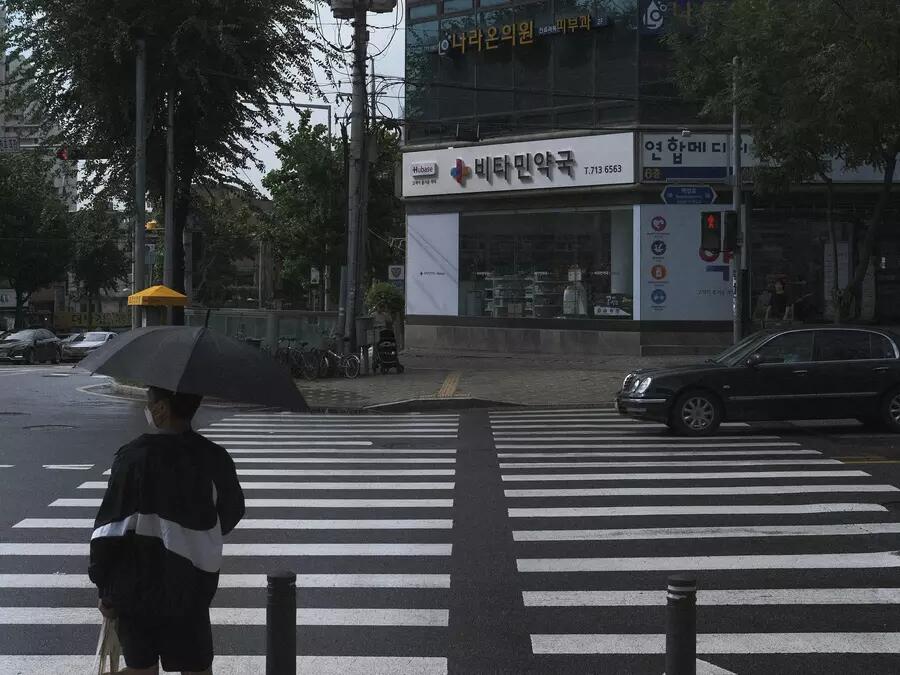
From MERS to COVID-19: The South Korean Journey
The COVID-19 pandemic is the most significant South Korean public health crisis of the twenty-first century. However, this nation is no stranger to infectious respiratory diseases. Between March and July 2015, South Korea saw 186 cases and thirty-eight deaths related to the spread of Middle East Respiratory Syndrome (MERS), the second-highest number of cases in the world. A lack of communication between the government and its citizens resulted in the spread of MERS through numerous hospital waiting rooms. The frightened South Korean population was desperate to be tested, but many were dissuaded from visiting the hospital by the potential of contracting the virus. Although undeniably a tragedy, the failure of the MERS containment strategy prepared South Korea for its current public health crisis. The implementation of extensive testing, contact tracing, and the reliable dissemination of information were significant policy changes that contributed to the country’s successful response to the COVID-19 pandemic. However, South Korea has not been faultless, with prejudices towards certain minorities unintentionally facilitating the spread of the virus.
The first case of COVID-19 in South Korea was confirmed on 20 January 2020. The national government quickly responded by increasing testing capacity and accessibility. On 7 February, they announced their plan to increase the number of available test kits from 200 to 3,000 per day, and doubled the number of testing clinics to 556 from 288 just one week prior. The end of February saw the implementation of innovative drive-through testing clinics, where individuals were tested for COVID-19 without having to leave their cars. By 5 March, the nation had administered 145,000 tests, which at the time was more than the United States, France, Italy, Japan and the United Kingdom combined. The government also ensured that testing was free for all who had recently travelled abroad, had contact with a COVID-19 patient, or had been referred by a physician. South Korea had learned its lesson from the MERS epidemic by ensuring that its population had access to rapid and affordable testing.
Another two factors that were key to the country’s success were extensive contact tracing and reliable information. The Infectious Disease Control and Prevention Act was passed after the MERS epidemic and requires the government to collect and disclose all information necessary to combat a public health crisis. The government was therefore able to track the movement of infected individuals using credit cards, security cameras and mobile phones. This information was then published online and sent via text message to alert people who had been in close contact with a COVID-19 patient. South Korea was also subjected to daily briefings from the Deputy Minister of Health and Welfare and the Director of the Korean Center for Disease Control to ensure the dissemination of reliable information from the scientific community. The government’s tracking and transparency prevented the widespread panic that occurred during the 2015 epidemic while simultaneously reducing the spread of the virus.
The combined approach of extensive testing, contact tracing and reliable information has been successful in South Korea. As of 1 June 2020, the nation has only seen 11,503 COVID-19 cases and 271 deaths, despite never being subjected to a full lockdown. Although schools have closed and millions of employees have been advised to work from home, the country’s restaurants, shops and other public spaces have largely remained open. South Korea was even able to hold an in-person federal election on 15 April 2020, in which 29 million individuals voted without a single report of COVID-19 transmission. The incumbent Democratic Party of Korea won in a landslide victory, demonstrating the nation’s support for the government’s response to this public health crisis.
The South Korean response to COVID-19 was rapid and effective compared to how it faced the 2015 MERS epidemic. However, discriminatory practices against certain groups have stalled governmental response in some cases and facilitated the spread of the virus in others. The United Future Party, the federal opposition, impeded the formation of a legislative committee for COVID-19 because it insisted for the word Wuhan to be included in the name. The party’s desire to incite sinophobia in the South Korean population wasted time at the beginning of the crisis and may have led to unnecessary loss of life. There has also been a rise in anti-LGBT sentiment after 102 cases in early May were linked to one gay man who visited numerous nightclubs in Seoul. This backlash contributed to a decline in men being tested in Seoul, caused by the association between testing positive for COVID-19 and homosexuality. These incidents indicate that even though South Korea’s response to COVID-19 has been successful, eliminating discriminatory sentiments will be essential in the nation’s continued fight against the virus.
The 2015 MERS epidemic was a South Korean tragedy that contributed to a victory in its fight against COVID-19. However, the country’s response has not been perfect, with the consequences of its prejudices serving as a cautionary tale to the rest of the world.